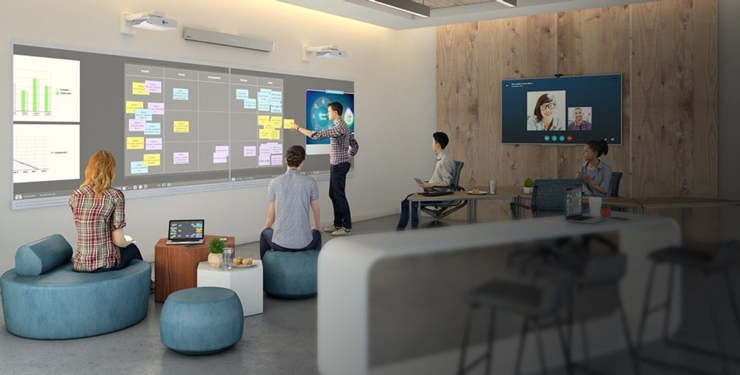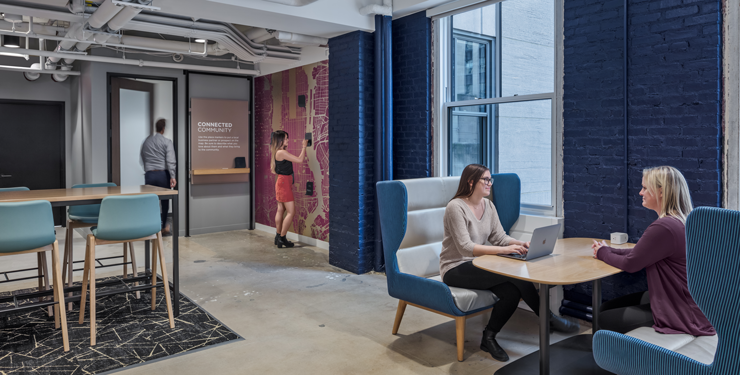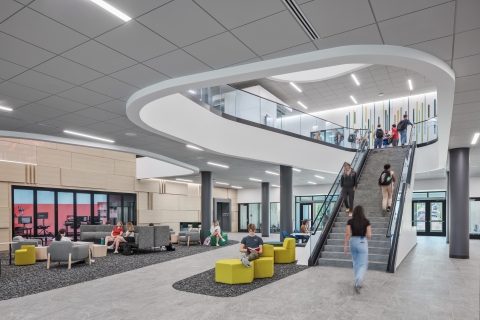
The Power of Thoughtful Workplace Design
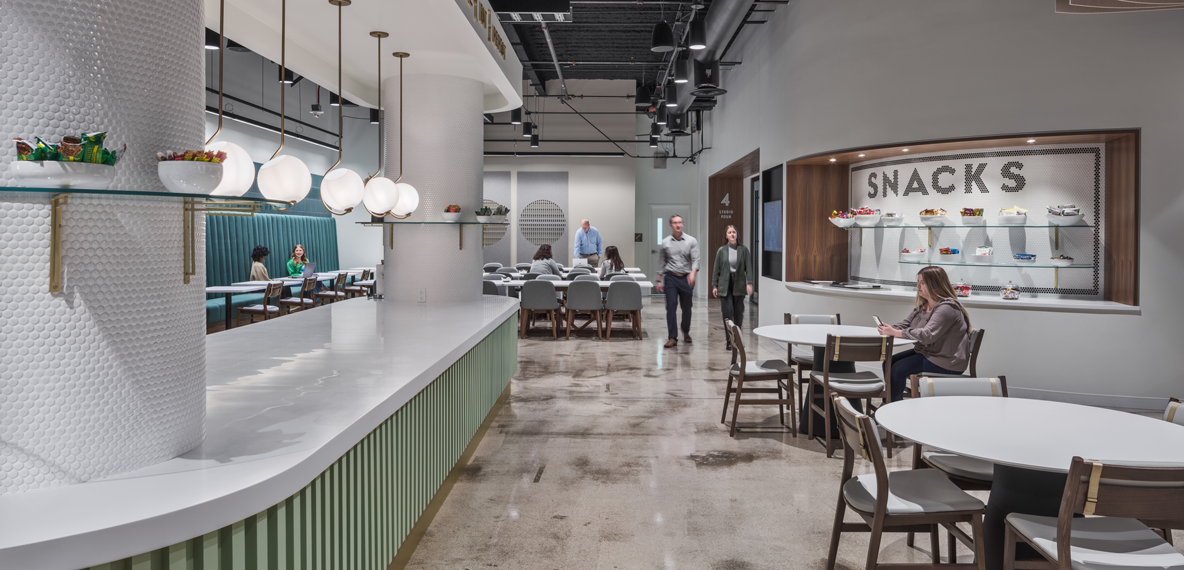
Being Present
In a workplace environment recently leveled by the widespread adoption of new forms of technology to complement hybrid work, what role does the physical workplace play? Relatively recently, being physically present with others was an important component of contributing to the work underway in the office. Being the lonely and often forgotten voice on the conference call was basically purgatory. The real action was happening in the room, together. With the advent and ease of virtual meetings, much of the workforce finds itself stranded in an endless stream of forgettable interactions. Hybrid work has given a large portion of the workforce the choice to trade the convenience of solitary work for the sense of purpose, belonging, and, ultimately, meaning that comes from sharing in work together. Work, like entertainment, has entered the streaming age, and many are simply passive observers.
However, work is an activity, and being together remains an important component of the workplace. Teams must continue coming together to build trust, exchange ideas, create, and make memories. An organization is only as strong as its social bonds; the longer people remain apart, the weaker these bonds become.
For those reasons, we are seeing the purpose of the workplace shift from places where people work independently to places where people work collectively. There is additional demand for collaborative environments complemented by spaces to retreat between meetings.
Above all, with the increase in options for where and how to work, we have seen an increase in intentionality regarding work.
A Divisive Debate: Private Offices vs. Open-Concept Layout
This question remains the most divisive of all workplace questions. Ask a question about open-concept design; suddenly, the most introverted person in the room becomes the most out-spoken. That’s because, at our core, people can’t help but answer the open vs. closed question subjectively.
There are only a few reasons to have private offices in the workplace:
- They convey hierarchy/seniority for some real or perceived benefit.
- Truly private work demands isolation while maintaining adjacency to others.
- Someone important with enough social capital can justify the expense.
If we’re all being honest, most senior leaders, especially people leaders, have places to retreat to work independently at home. When they come to the office, it’s to be with other people. So long as leaders are supported by environments to isolate sensitive conversations, the only real reason to maintain offices is either because they reinforce a culture that places high value on private space or because someone important wants one
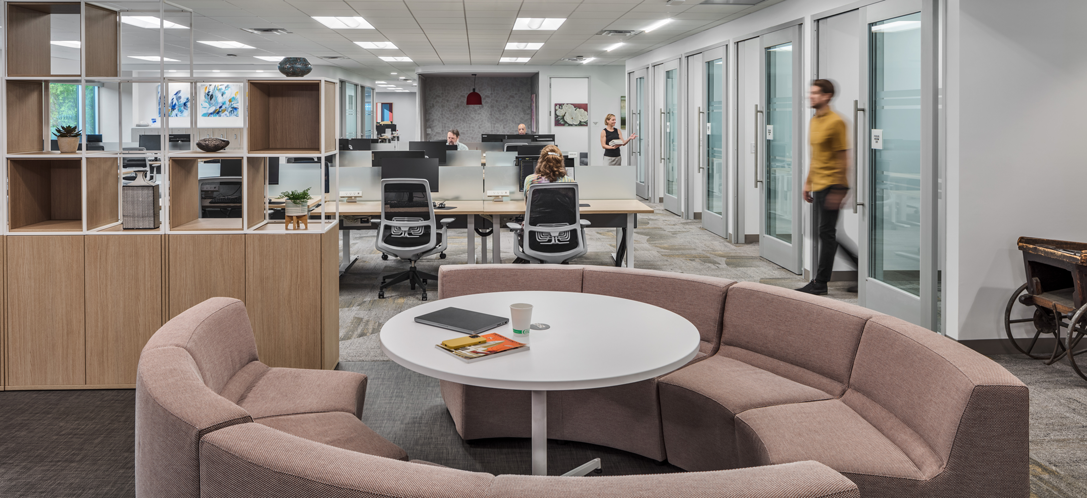
The new office for Oxford University Press features an open environment with designated spaces for collaboration. Read the project story: Oxford University Press
The Role of the Workplace in Building Culture
As the workforce maintains some component of remote and/or hybrid work and businesses logically look to shed unnecessary space, one important question remains. What role does the workplace play in enabling your organization to achieve its mission?
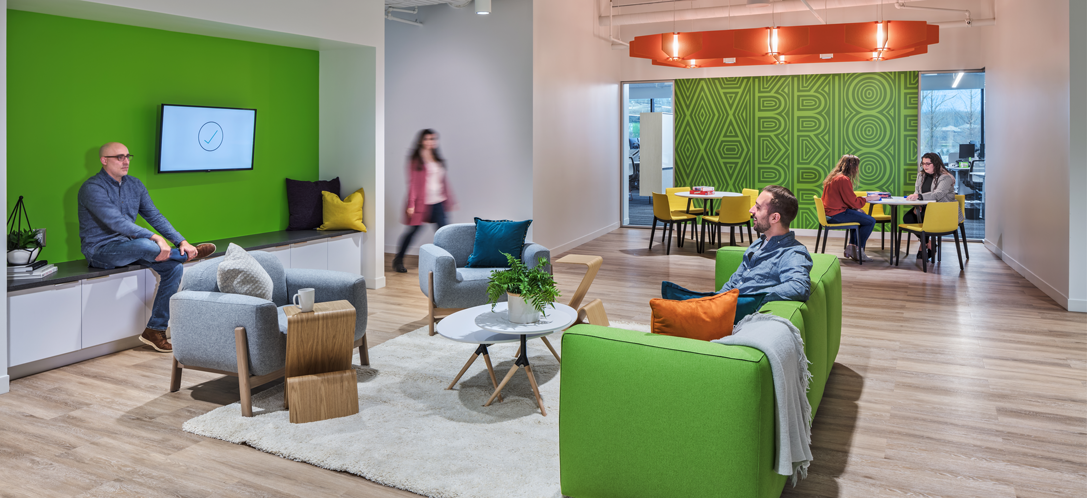
Inside their headquarters, Quantum provides space adjacent to work stations where employees can connect and recharge. Read the project story: Quantum Health Corporate Headquarters
All strong organizations have a strong pulse—a strong heartbeat—and for many, the workplace is the beating heart. Providing environments that foster connections among the people in your organization and making the mission real through richly considered experiences is an investment with a long-term return.
It's not about ping pong tables, kegerators, or kombucha taps. It’s about supporting meaningful and productive connections among people in service to the mission they serve.
Let’s get to work. Complete our contact form today.
Author
Content Type
Date
June 03, 2024
Market
Practice
Topic
Workplace Strategy
Design Thinking


